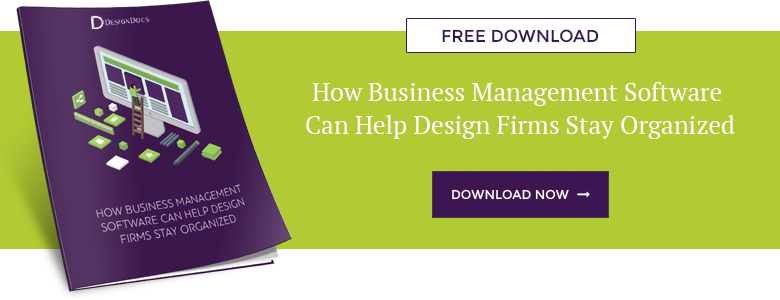Accounting may not be the most glamorous part of owning an interior design firm, but we all know how critical it is to maintaining profits. It really doesn’t have to be very difficult or take up too much of your valuable time. If you’re struggling to conquer your bookkeeping troubles, moving toward a structured and routine way of tracking the numbers will make the process so much easier. Here are five accounting tips to consider if you’re looking to make the bookkeeping for your firm a little less complicated.
5. Hire a Bookkeeper Who Understands
Professional help is the way to go. A good bookkeeper will always pay off, and if the bookkeeping isn’t something you want to be deeply involved with, hand it off to a person with the right knowledge and understanding of your industry and your role as an interior designer. The right person will listen to your needs, help you find areas for improvement, keep your records up to date, and be able to provide reports and accounting tips to direct you on a path to even greater profitability. Ask around for excellent referrals or find a service provider that you know understands your world.
4. Be In Touch With Your Financial Reports
Having access to the right reports on a regular schedule puts you in control of where you’re headed. If you have targets for the year, you will be able to keep up to date on how they are progressing and you’ll be aware of any shifts that need to be made before it’s too late. At the very least, there won’t be any major surprises come year-end. Having a good bookkeeper or accountant who understands the unique business needs of interior designers goes hand in hand with this. Find a professional bookkeeper who is an expert in your field and lean on a custom software tool that can easily produce the reports that you need.
3. Keep Time and Expense Entries Up-to-Date
Regularly recording time and expenses saves you time and money. Letting these entries get behind means having to re-trace steps, chase staff, and spend a large amount of time all at once to catch up in order to get billing done. It’s unlikely that you have hours to spend catching up time and expense entries at the end of a billing period, so spending a few minutes each day or a couple of hours each week to keep these entries updated saves you the time and headache that comes with getting behind. Staying current also means you’re more likely to capture all of your time and expenses and recover the cost from your clients.
2. Mark Your Calendar
Setting aside time for the purpose of keeping admin and necessary accounting entries updated may not be the highlight of your week, but it will serve you well. Having a regular appointment with yourself or your bookkeeper assures you won’t fall too far behind on these necessary tasks. Don’t be burdened by the administrative side of your business–set aside the time you need to take care of your financial work to reduce this burden. One of the most important accounting tips of all!
1. Use Software to Automate Reporting
Having the right software at your side is the solid foundation you need to run a financially sound business. Interior designers have the advantage of being able to find affordable software that has been customized for their workflow and accounting needs. Software for interior designers should be project-centric to allow for easily accessible project reports and workflow, and should also have company level reports that show you the big picture. Reporting should be mostly automated, so that work done within projects is not wasted, but instead feeds these reports and other useful workflow tools along the way.



